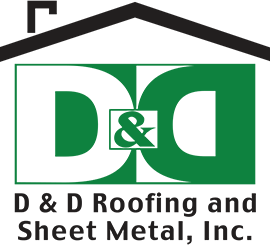Commercial roofs and residential roofs have the same job of protecting your property. However, there are key differences in how they're maintained and repaired, primarily because they're designed and constructed differently. Certain roofs need specific care and repair methods, and some roofing materials need certifications for handling and installation.
The bottom line is that maintaining and repairing commercial and residential roofs are much more complicated than it seems due to their differences in certain aspects.
Difference in design
Most residential roofs are sloped to facilitate water drainage, while commercial roofs are flat so they can accommodate heating, ventilation, and air conditioning (HVAC) systems or solar panels. Each style has its unique advantages and disadvantages. For instance, commercial roofs, having no slope, often experience ponding and drainage problems. Conversely, the incline of residential roofs allows rain and melted snow to seep under shingles. When it refreezes, it can lift the tiles and introduce big gaps that can let more water in.
An excellent roof contractor knows the places where your roof is most susceptible to damage. In residential roofs, for example, vent boots, dormer windows, and brick chimneys will be inspected first. On the other hand, these structures are absent in commercial roofs, so roof experts check for something else, like flashing problems and surface erosion.
Difference in composition
While residential roofs are generally made of shingles or tiles, commercial roofs use modified single-ply rubbers or plastics. Different materials require a specific set of equipment and skills, so an expert in residential roofing is not automatically qualified to install or repair commercial roofs, and vice versa. A roofing contractor who specializes in commercial roofs, for one, may not know that it’s necessary for the shingle overhang to measure exactly between an inch and an inch and a half. Less than that will let water in, and more than that heightens the likelihood of shingles being carried off by strong winds.
Difference in maintenance and repair
Both commercial and residential roofs need to be checked regularly. Inspecting commercial roofs is slightly easier because you can simply take a walk on a flat roof to see if the gutters have built-up debris that needs to be removed, or if flashings are damaged and need to be replaced. But note that only roof experts should repair or replace your roof; your untrained eye might overlook a small problem that can eventually turn into a big one.
On the other hand, inspecting and repairing residential roofs should be done only by roof experts. You should never climb on a residential roof to check it for damage, because standing on sloped surfaces can lead to accidents. What you can do is examine your roof’s condition from the ground. Look out for curling or missing shingles, uneven slope due to sagging, and granules on the ground which indicate that the shingles are eroding. If you see any of these signs, call your roof experts immediately so they can either spruce up or replace your roof.
No matter what kind of roof you have, only trust roof professionals to fix and maintain it. D&D Roofing and Sheet Metal, Inc., Inc. has over four decades of experience serving residential and commercial clients throughout Nevada. If you have any questions about residential or commercial roofing, or if you’d like a free estimate, call us at (775) 521-7440 or fill out this form.


